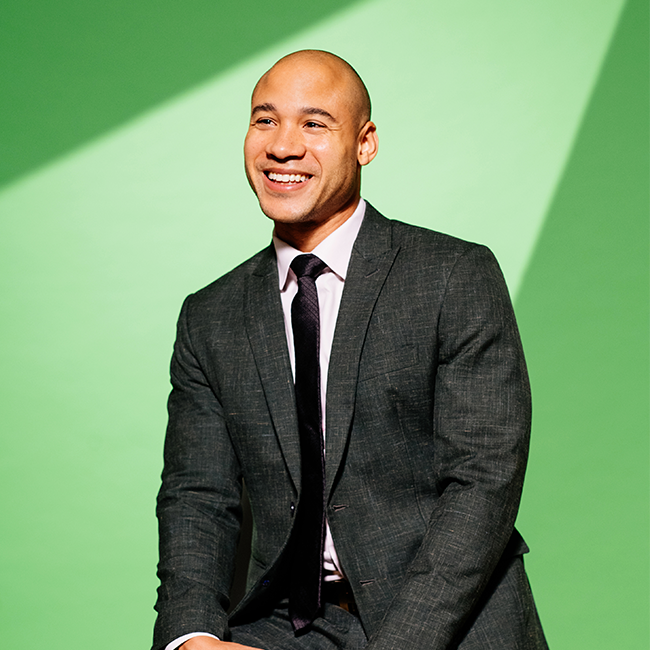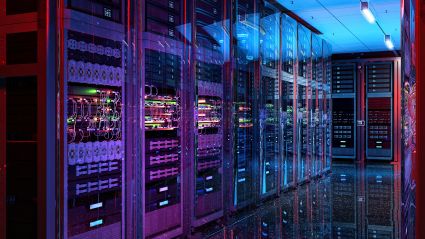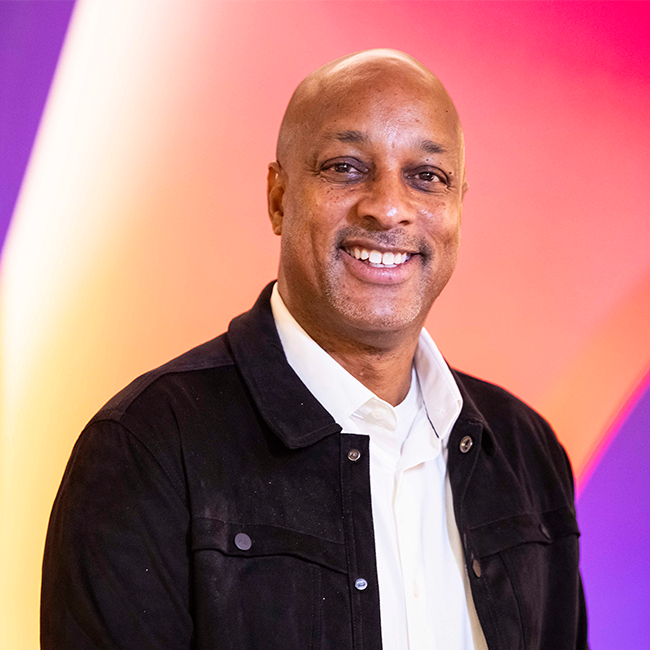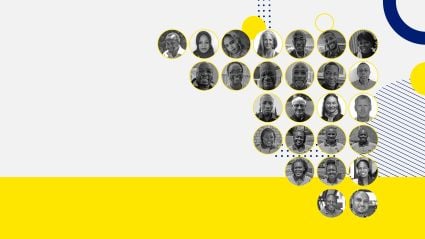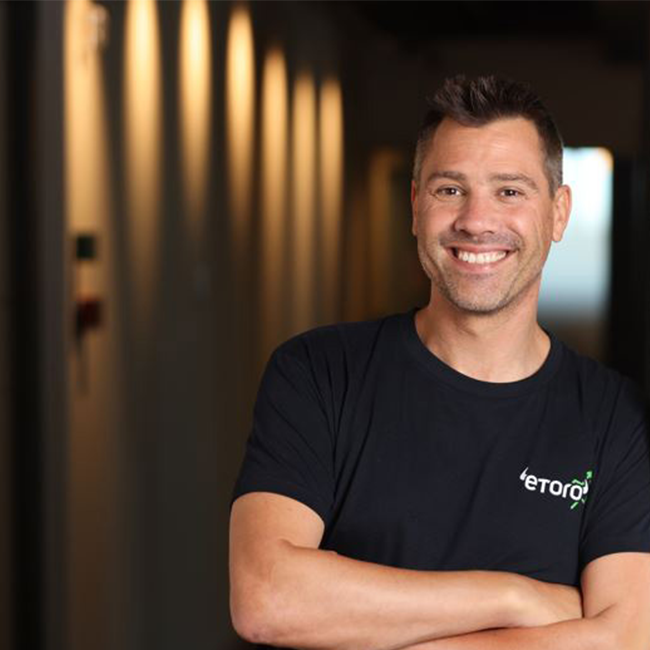
Today the promise of the American Dream feels increasingly out of reach for millions of Americans. Nearly 40 percent of adults cannot cover a $400 emergency expense, according to the Federal Reserve. Meanwhile, the World Economic Forum predicts that by 2027, artificial intelligence (AI) and automation will disrupt 85 million jobs while creating 97 million new ones requiring entirely new skill sets. This transformation presents a profound challenge: How do we ensure that economic mobility and global competitiveness grow alongside technological advancement?
The Growing Disconnect
The current model of higher education, particularly in technical fields like computer science, is increasingly disconnected from industry needs. While universities excel at teaching theory and fundamentals, they often struggle to adapt to rapidly evolving technological landscapes. This misalignment creates a widening skills gap between what students learn and what employers need, further diminishing the already declining return on investment in higher education.
Moreover, the largest state colleges and community colleges, which serve the lion's share of low-income students, often lack direct pipelines to high-paying roles. As a result, graduates lacking practical experience face underemployment, while companies confront talent shortages. McKinsey research suggests 30–40 percent of workers in developed economies will need to transition to new occupations or significantly upgrade skills by 2030.
Rewriting the social contract for the future of work requires unprecedented collaboration.
Traditional Approaches Falling Short
Current solutions have limited impact.
- Industry-informed education: Colleges collaborate with employers to update curricula, but these “special topics” courses often rely on a few passionate faculty and have to compete with older, rigid degree requirements.
- Regional talent ecosystems: Multi-stakeholder coalitions attempt to align on workforce development goals but move slowly and struggle to scale beyond local geographies.
- Separate tracks: Special initiatives for disadvantaged populations remain high-cost, niche, and have limited reach.
Reimagining Tech Workforce Development in an Age of AI
AI tools have the potential to transform training programs in ways that were once prohibitively expensive. From personalized tutoring at scale to real-time feedback loops, we can give every educator "superpowers" to boost both quality and affordability through three paradigm shifts.
School curriculum must evolve at the speed of industry. Instead of each college scrambling to secure ad hoc input from tech companies, we should borrow from the open-source software movement. Thousands of frontline professionals could cocreate and continuously update a shared, master curriculum—aligning classroom instruction with the latest industry trends.
One federal example illustrates the inefficiency of old models: The US Department of Labor spends $1.5 billion annually on Job Corps, reaching around 50,000 Americans—roughly $30,000 per participant to achieve $48,000 average salaries. With 50 million Americans earning less than a living wage and AI changing the skills required for entry-level roles in a matter of months, we must fundamentally reimagine our approach.
Nobel laureate Ilya Prigogine noted that in complex systems, "small islands of coherence in a sea of chaos have the capacity to shift the entire system." In workforce development, these "islands" are large state universities and community colleges serving vast numbers of low-income students. By equipping these institutions with AI-enabled, industry-driven curricula, we can spark a flywheel: better-trained graduates attracting more employers and growing local economies.
A Blueprint for Action
- Select pilot regions: Target areas with large community colleges or state universities that serve diverse, low-income populations.
- Partner with AI experts: Bring in organizations with expertise in learning science, AI, and product development to lead grassroots experimentation across regions.
- Build data infrastructure: Leverage AI for real-time measurement and continuous improvement across pilot sites.
- Adopt open-source curriculum: Invite industry experts, educators, and students to cocreate a continuously updated master, open-source curriculum.
- Start small, scale fast: Focus first on achieving 10x results in pilot programs, then expand once clear return on investment and local trust are demonstrated.
Rewriting the social contract for the future of work requires unprecedented collaboration among all of us—higher education, industry, government, and philanthropy. We can harness AI and open-source approaches to finally deliver on the promise of stable, high-paying tech careers for more Americans, bridging the gap between aspiration and reality and ensuring that no community is left behind.
